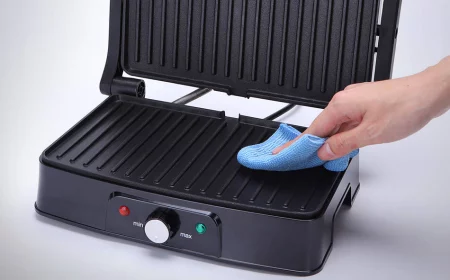Is This Still Good? A Pro’s Guide to What’s Actually Safe to Eat
I’ve spent years in professional kitchens, from the chaos of a dinner rush to prepping for huge events. And you know the number one question I get, not just from new cooks but from friends peering into my fridge? “Hey, is this still good?” They’ll hold up a carton of milk, pointing at the date like it’s a legally binding contract.
In this article
But here’s the truth: those dates are mostly about peak flavor, not a hard deadline for food safety. Learning to tell what’s good to eat and what needs to hit the bin is a genuine skill. It’s about using your senses and understanding the why behind food spoilage. My goal here isn’t just to give you a list. It’s to help you think like a pro so you can make confident calls in your own kitchen. This is how you reduce food waste, protect your family, and honestly, become a better cook.
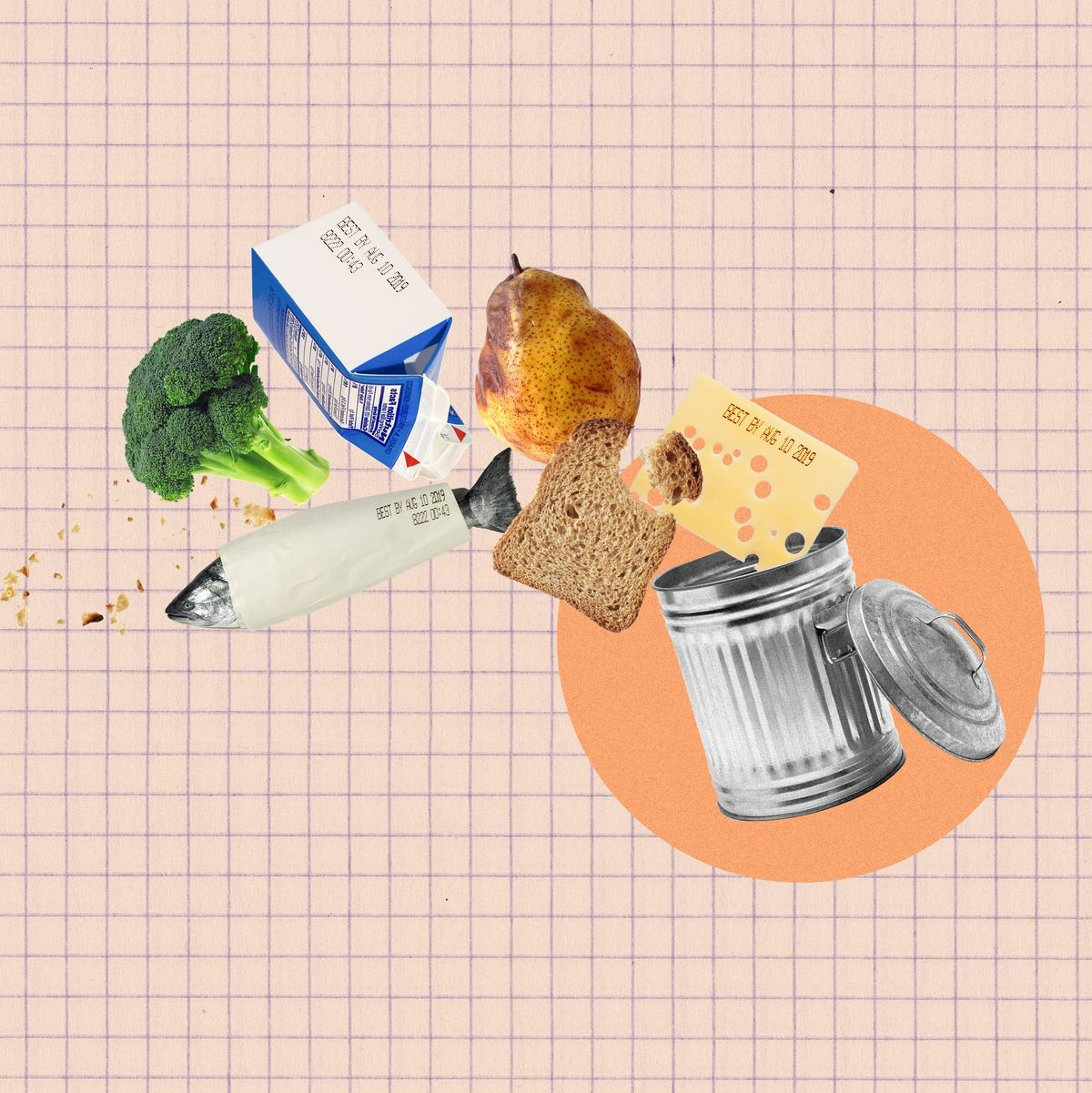
First, Let’s Talk Gear (It’s Simpler Than You Think)
Before we dive in, let’s set you up for success. You don’t need a pro kitchen, just a few key items for your food safety toolkit. We’re talking maybe $25 for everything.
- A Fridge Thermometer: Seriously, this is non-negotiable. Your fridge needs to stay at or below 40°F (4°C). You can grab one for less than $10 at Target or online, and it’s the single best tool for keeping high-risk food safe.
- Airtight Containers: Glass or good quality BPA-free plastic. These are your best defense against pests, moisture, and contamination.
- A Marker: A simple Sharpie for dating leftovers is a game-changer. No more guessing games.
Decoding Those Confusing Dates
Okay, let’s clear up the confusion about package dates once and for all. With the exception of infant formula, these dates aren’t about safety; they’re the manufacturer’s best guess for quality.
- ‘Best If Used By/Before’: This is all about flavor. The food will taste its best before this date, but it’s often perfectly safe to eat for a while after.
- ‘Sell-By’: This date is for the grocery store staff. It’s for inventory, telling them when to pull something from the shelf. It has nothing to do with safety at home.
- ‘Use-By’: This is the last date the manufacturer recommends for peak quality. Again, not a safety cutoff (unless it’s on baby formula).
See the pattern? It’s all about quality. Safety is a whole different ballgame, determined by how you handle the food.
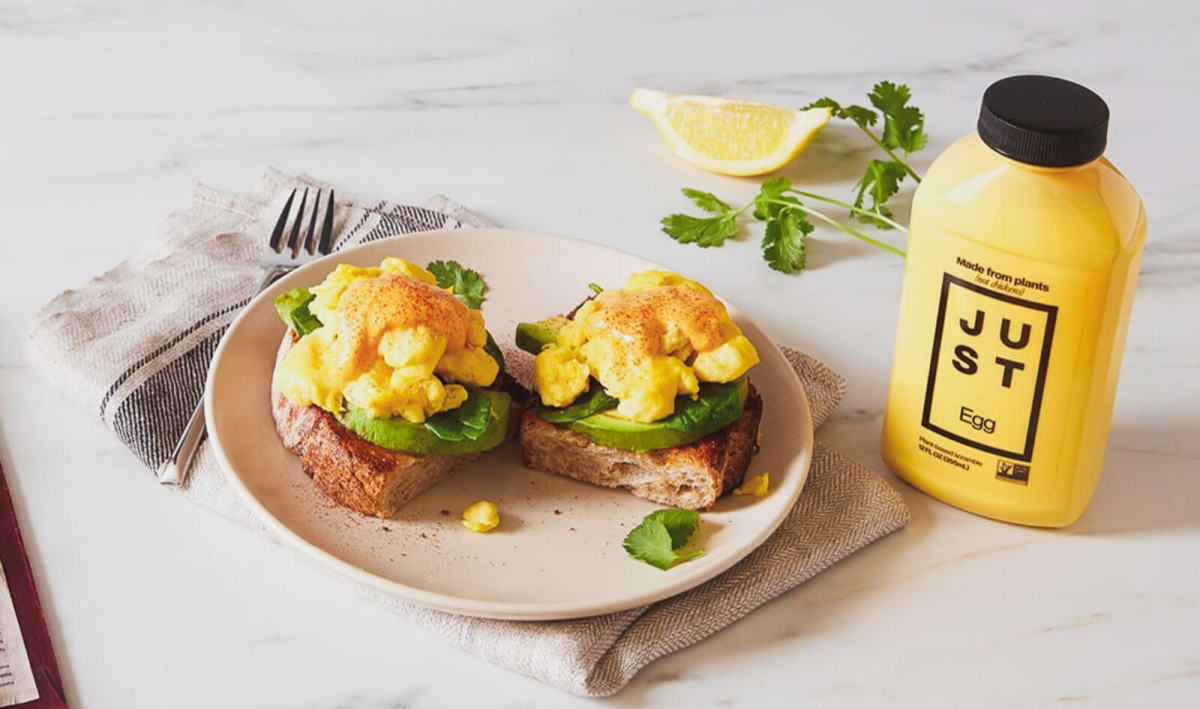
The Real Reasons Food Goes Bad
Food spoilage isn’t some random mystery; it’s science. There are basically three ways it happens, and knowing them is the key.
1. The Nasty Stuff (Microbial Spoilage): This is the one we worry about because it can make you sick. We’re talking about invisible bacteria like Salmonella and Listeria, or visible things like mold and yeast. Moist, protein-rich foods are their favorite playground.
2. The Stale Stuff (Chemical Spoilage): This is more about quality than safety. Ever had crackers that taste like cardboard or nuts that have a weird, paint-like taste? That’s oxidation—fats going rancid from air exposure. It tastes gross but probably won’t land you in the hospital.
3. The Texture Stuff (Physical Spoilage): Think stale bread, limp carrots, or soggy crackers. This is usually about moisture moving around. The food is typically still safe to eat, just not as pleasant. And this is where a little kitchen creativity comes in handy! That stale bread makes amazing croutons, and those limp carrots are perfect for a soup stock.

Heads up! Stale bread is one thing, but MOLDY bread is another. If you see fuzzy green or black spots on a slice of bread, you have to toss the entire loaf. Unlike hard cheese, bread is porous, and those mold roots (called hyphae) spread invisibly throughout the whole thing.
How Pros Think: Categorizing Food by Risk
In a pro kitchen, we don’t memorize a random list of foods. We group them by risk level. This is the most efficient way to stay safe. Let’s break it down into three categories you can use at home.
Category 1: High-Risk Foods (Don’t Mess Around)
These are the VIPs of food safety. They’re moist, high in protein, and a perfect home for bacteria. For this group, your 40°F fridge is your best friend, and the “when in doubt, throw it out” rule is law.
Fresh Meat & Poultry
- Pro Technique: The second raw meat enters my house, it goes on the bottom shelf of the fridge, sitting on a plate or in a container. This prevents any juices—a major source of cross-contamination—from dripping onto your produce below. Raw chicken is the biggest offender here.
- What to Look For: For chicken, a slimy texture and a sour, sulfur-like smell are red flags. For beef, a strong, unpleasant odor is the main giveaway. A little browning on the surface isn’t always spoilage; it can just be oxidation. But if it’s also sticky or smelly, it’s done. Ground meat is even riskier because bacteria get mixed all through it, so use it within a day or two of purchase, or freeze it.
Fresh Fish & Shellfish
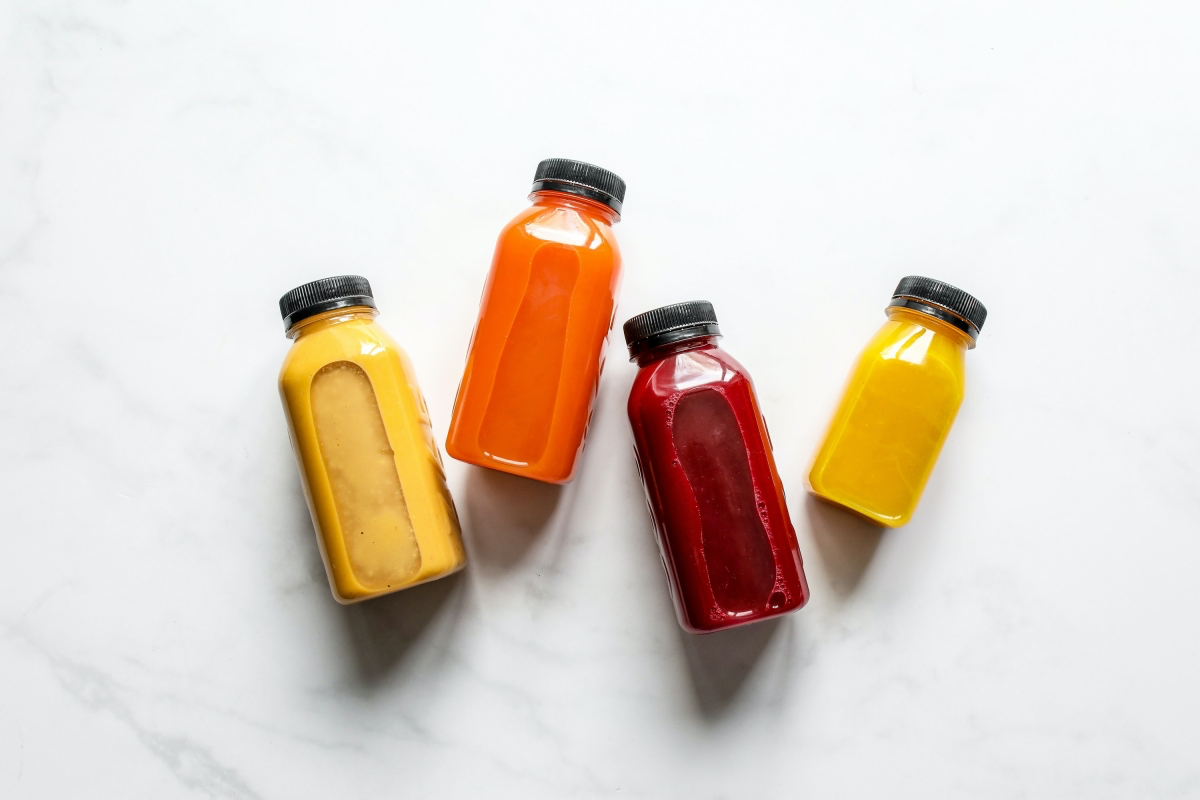
- Pro Technique: Fish spoils way faster than meat. The absolute best way to keep it for a day is on a bed of ice in the fridge. I put a colander inside a bigger bowl, place the fish in the colander, and cover it with ice. This keeps it cold and lets the melted water drain away.
- What to Look For: Fresh fish should smell clean, like the ocean. If it has a strong, pungent “fishy” or ammonia smell, it’s bad. The flesh should be firm, and the eyes clear. For clams or mussels, their shells should be tightly closed. If one is open, give it a light tap. If it doesn’t close, it’s dead—toss it.
Dairy, Eggs & Soft Cheeses
- What to Look For: Soft, moist cheeses like ricotta, cottage cheese, and cream cheese are prime targets for mold. And unlike with a hard cheese, you can’t just cut the mold off. Its roots spread deep. Any visible mold (green, pink, black) means the whole container has to go.
- Yogurt Check: Ever open a yogurt and see that watery stuff on top? That’s just whey, and it’s perfectly fine! Just stir it back in for a creamier texture. But if you ever see a pink or orange hue or mold, the whole thing is contaminated. Don’t risk it.
- The Egg Test: Forget the date on the carton. The float test is classic for a reason. Place an egg in a bowl of water. If it sinks flat, it’s super fresh. If it stands on its end at the bottom, it’s a little older but great for hard-boiling. If it floats to the top? It’s bad. Get rid of it.
Condiments (Yes, They Matter!)
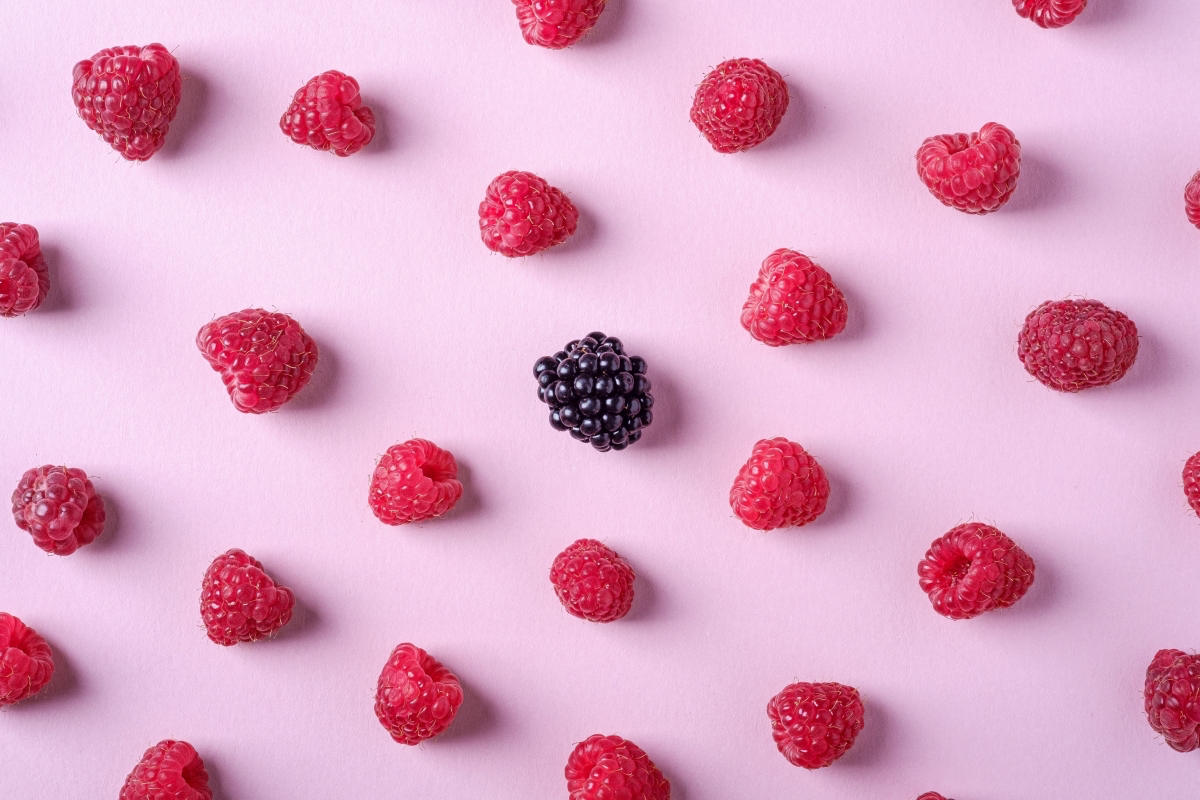
- The Mayo Myth: Mayonnaise is actually quite acidic, which makes it surprisingly stable. The real risk isn’t it spoiling on its own, but cross-contamination. If you double-dip a knife with jelly or crumbs on it into the jar, you’re introducing bacteria. Always use a clean utensil, and keep it in the fridge after opening.
Cooked Leftovers
- The 4-Day Rule: In every pro kitchen, we live by a strict rule: label and date everything. All cooked leftovers are used or tossed within four days. This is a non-negotiable safety practice.
- Cool It Down FAST: Leaving a big pot of hot soup on the counter is one of the most common food safety mistakes. To cool things quickly, divide leftovers into smaller, shallow containers. For an even faster method, fill your sink with a few inches of ice and cold water. Place your container of soup in the bath and give it a stir every 10 minutes. This drops the temperature safely and quickly.
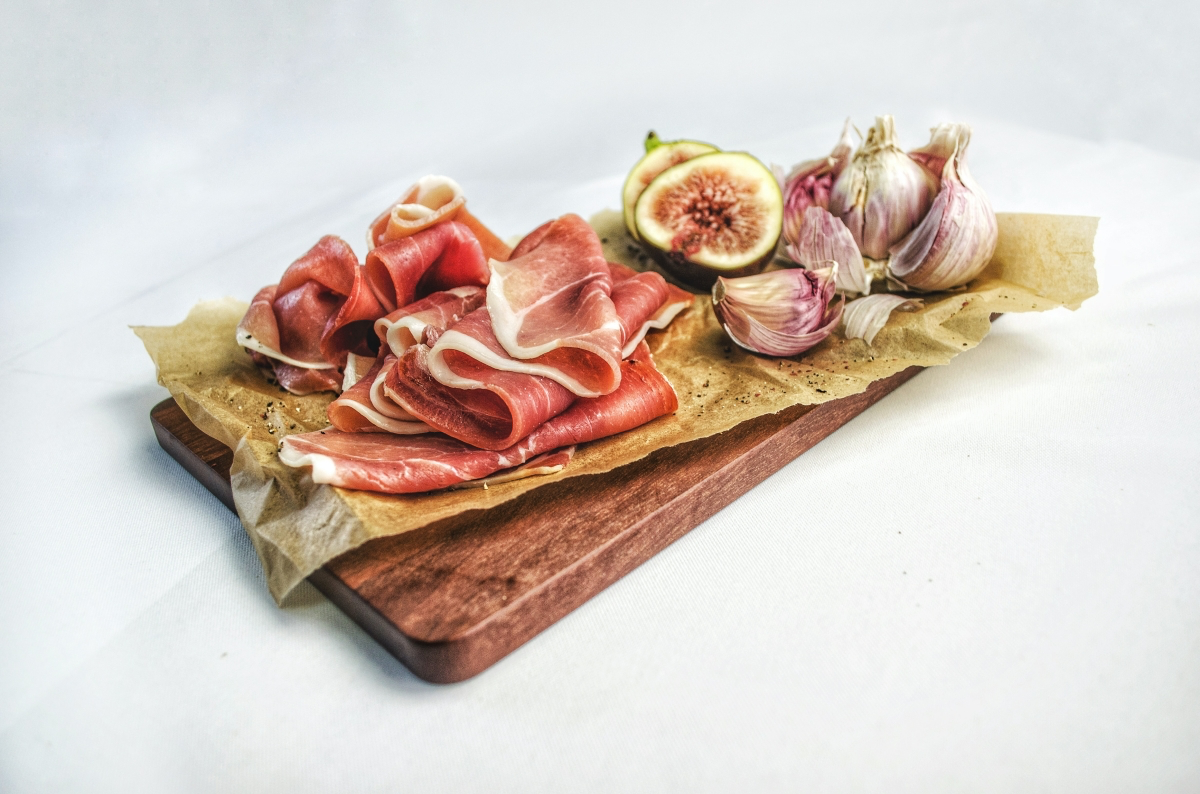
Category 2: Semi-Perishable Foods (Use Your Judgment)
This group lasts longer but still needs a little attention. The ‘Best By’ date is a decent guide for quality, but your senses are what really count.
Hard & Semi-Hard Cheeses (Cheddar, Parmesan)
- The Mold Question: Because these cheeses are dense and have low moisture, mold can’t travel as easily. If you see a small spot of mold on a big block, you can usually save it. The standard is to cut off at least one inch around and below the moldy spot. Just be sure not to drag your knife through the mold.
- Storage Tip: Please, stop wrapping your cheese in plastic wrap! It suffocates it. Use cheese paper (around $10-15 a roll online) or, in a pinch, wrap it in parchment paper and then loosely in foil. A block of Parmesan stored this way can last for months.
Fresh Produce
- Berries: These little guys are delicate. Inspect them when you get home and only wash them right before you eat them. If you see one moldy berry, throw it out along with any it was touching. If berries get a little mushy but aren’t moldy, they’re perfect for blending into a smoothie or cooking down into a quick sauce for pancakes.
- Root Vegetables & Peppers: Carrots and potatoes are built to last if kept in a cool, dark place. By the way, never store potatoes and onions together—onions release a gas that makes potatoes sprout. If a carrot or celery stalk goes limp, you can often bring it back to life by soaking it in ice water for an hour. Wrinkled peppers? They’ve just lost some water. They’re still perfect for roasting or throwing into a stir-fry.
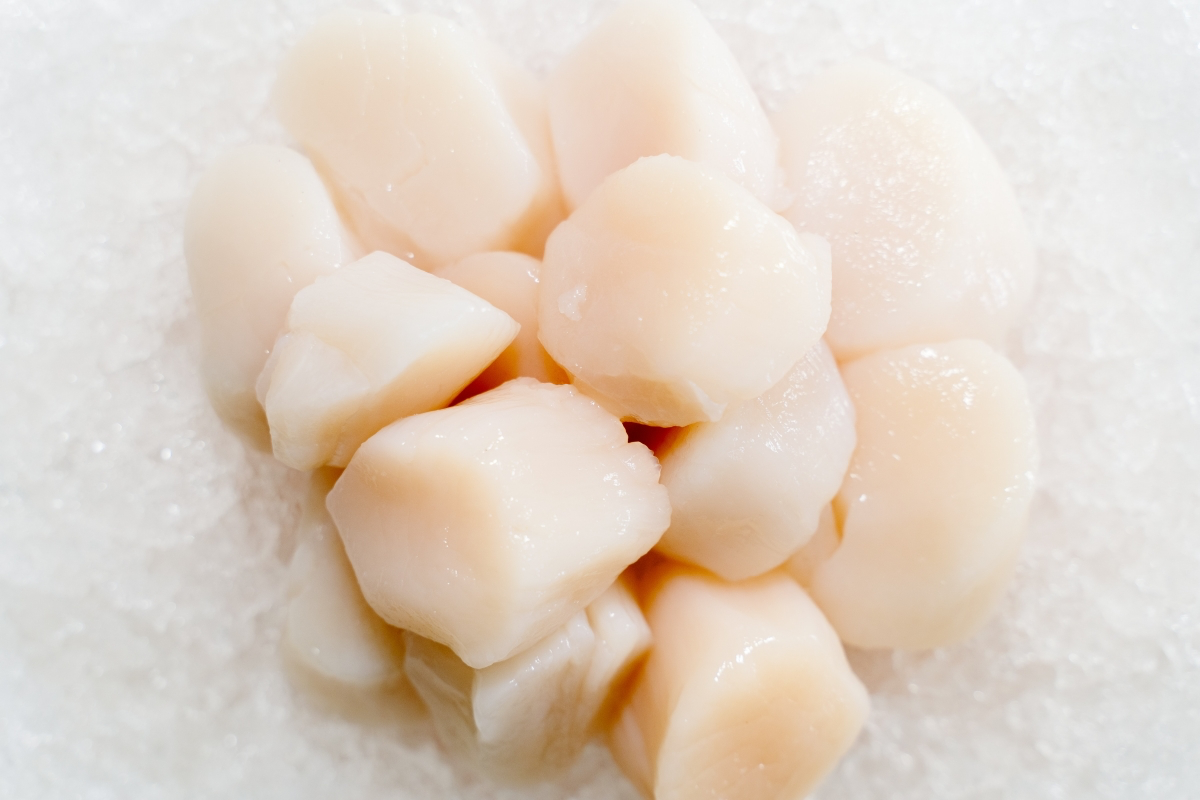
Category 3: Shelf-Stable Foods (It’s All About Quality)
For this group, the date is almost meaningless for safety. The food won’t become dangerous, but it might not taste as good over time.
Dry Goods (Pasta, Rice, Flour)
- The Enemies: Moisture, heat, and pests. Store everything in airtight containers (glass is great) in a cool, dark pantry. I once had to help a friend clean out a pantry infested with moths that came from one leaky bag of flour.
- Quick Tip: Whole-wheat flour and brown rice can go rancid because they contain oils. If they smell stale or oily, it’s time for a new bag.
Canned Goods
- Fortress Inspection: A sealed can is a tiny food fortress, and the contents can be safe for years. But you MUST inspect the fortress. Never, ever use a can that is bulging, leaking, badly dented on its seams, or spurts liquid when opened. These are warning signs of botulism, which is incredibly rare but deadly.
- Good to know: High-acid foods like canned tomatoes will lose quality faster (maybe 18 months), while low-acid foods like corn and beans can taste great for five years or more.
Vinegar, Spices, and Condiments
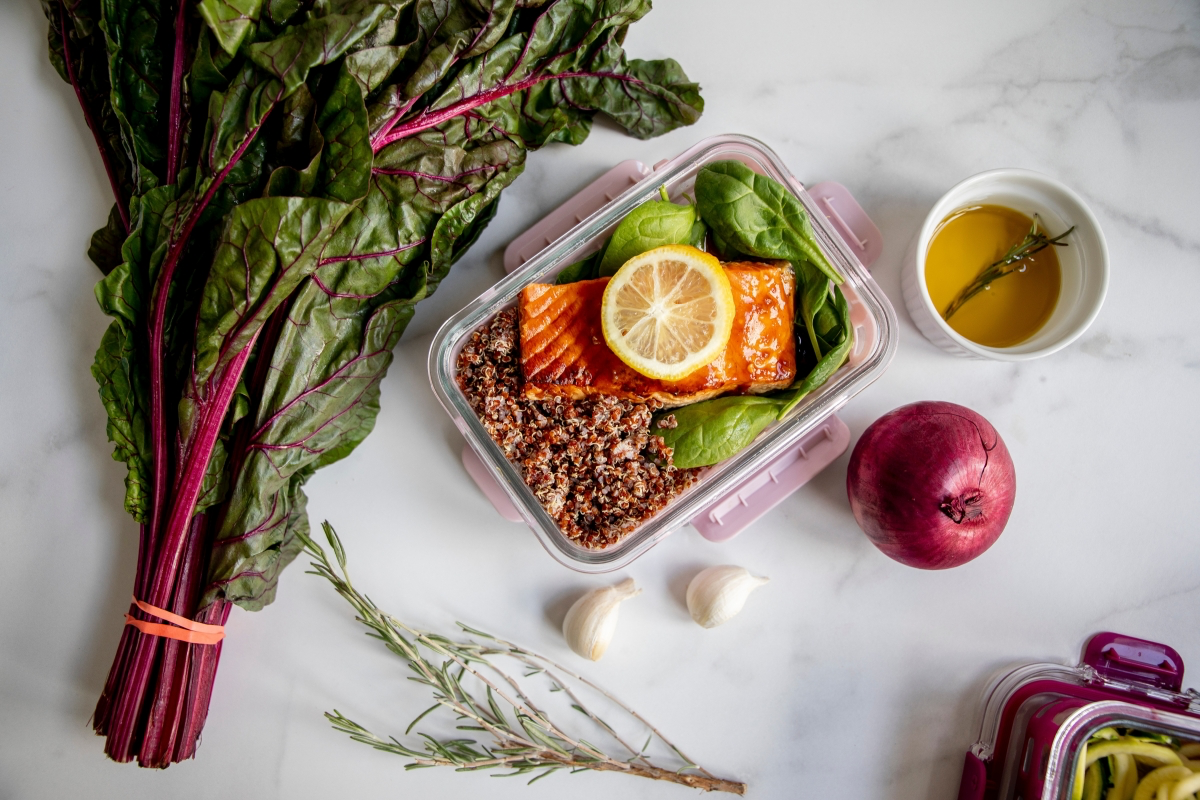
- Forever Foods: Vinegar is self-preserving. It will never go bad. Pure extracts like vanilla are preserved in alcohol and last for years.
- Spices: They don’t spoil, they just get tired. An old spice won’t hurt you, but it won’t flavor your food. Crush a bit in your palm and sniff. If the aroma is weak, it’s time to replace it. A pro tip is to buy whole spices and grind them yourself in a cheap coffee grinder (you can get one for $20). The flavor difference is astounding.
- Other Condiments: Ketchup and mustard are very acidic and can technically be stored in the pantry, but they keep their color and flavor much better in the fridge. Soy sauce is packed with salt, a great preservative, so it’s fine in a cabinet, but again, the fridge keeps it tasting its best.
Final Thoughts & Your 5-Minute Kitchen Audit
Learning to trust your senses—backed by a little science—is a liberating kitchen skill. Just remember the hierarchy: be super strict with high-risk foods, but feel free to be flexible with shelf-stable stuff.
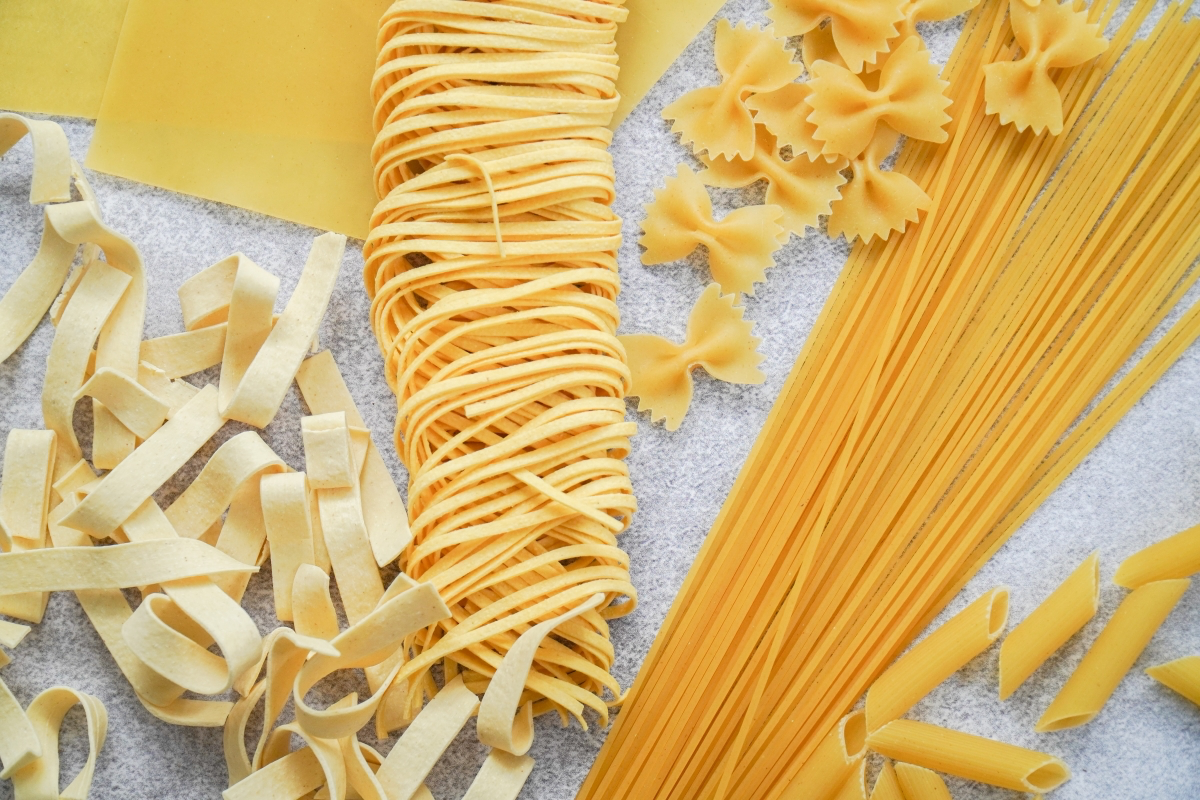
But one rule trumps everything else. It’s a motto in every kitchen I’ve ever worked in, and it should be in yours, too:
When in doubt, throw it out.
Your health is never worth the few dollars you might save. And now for your homework! Take five minutes and do a quick kitchen audit. Is your fridge thermometer reading 40°F or below? Grab one item you’ve been unsure about and use this guide to make the call. You’ve got this.
(By the way, if you want a digital resource, there are some great food safety apps from government health agencies. Just search the app store. This guide is based on professional experience and established food safety standards for a general audience. If you’re pregnant, have a compromised immune system, or are feeding young children or the elderly, please be extra cautious.)
Inspiration:
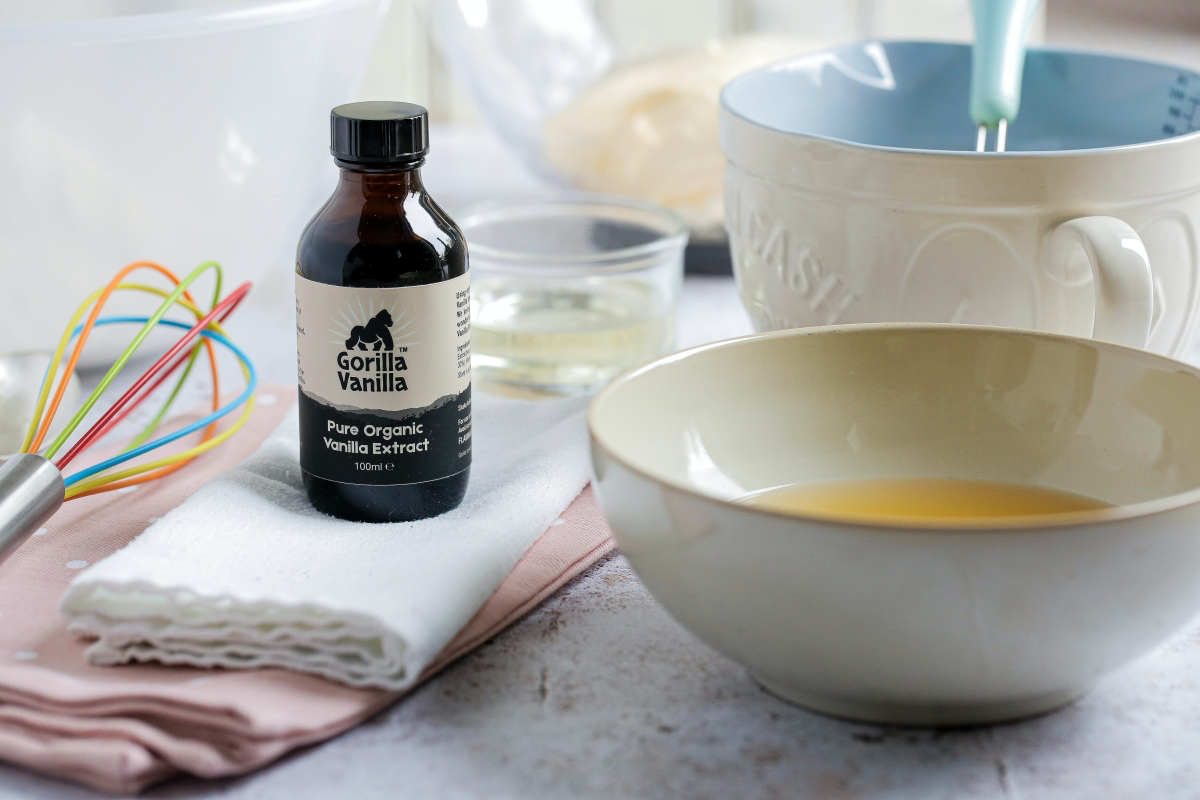
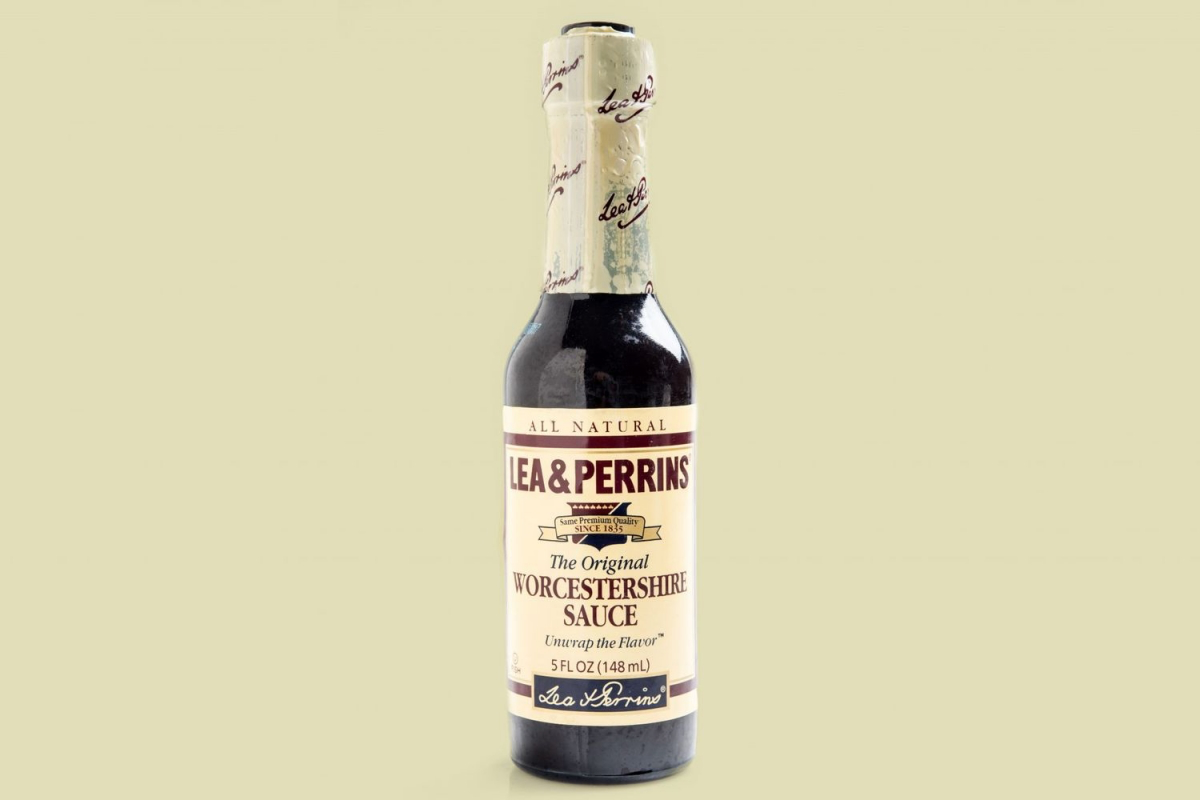
Are my eggs still good, even if they’re past the date on the carton?
Absolutely, they can be! The carton date is a guideline, but eggs often last 3-5 weeks past it if properly refrigerated. Forget shaking them; the pro trick is the float test. Gently place an egg in a bowl of water. If it sinks and lays flat, it’s very fresh. If it stands on one end at the bottom, it’s older but still perfectly good to eat. If it floats to the surface, it’s time to toss it—the floating indicates a buildup of gas inside, a sign of spoilage.

According to the FDA, between 30-40% of the food supply in the United States is wasted.
This isn’t just about restaurants or farms; a huge portion of that waste happens in our own homes. Every time you confidently rescue a yogurt that’s a day past its ‘best by’ date or use slightly wilted greens in a smoothie, you’re actively chipping away at that number. It’s a powerful way to save money and respect the resources that went into producing your food.
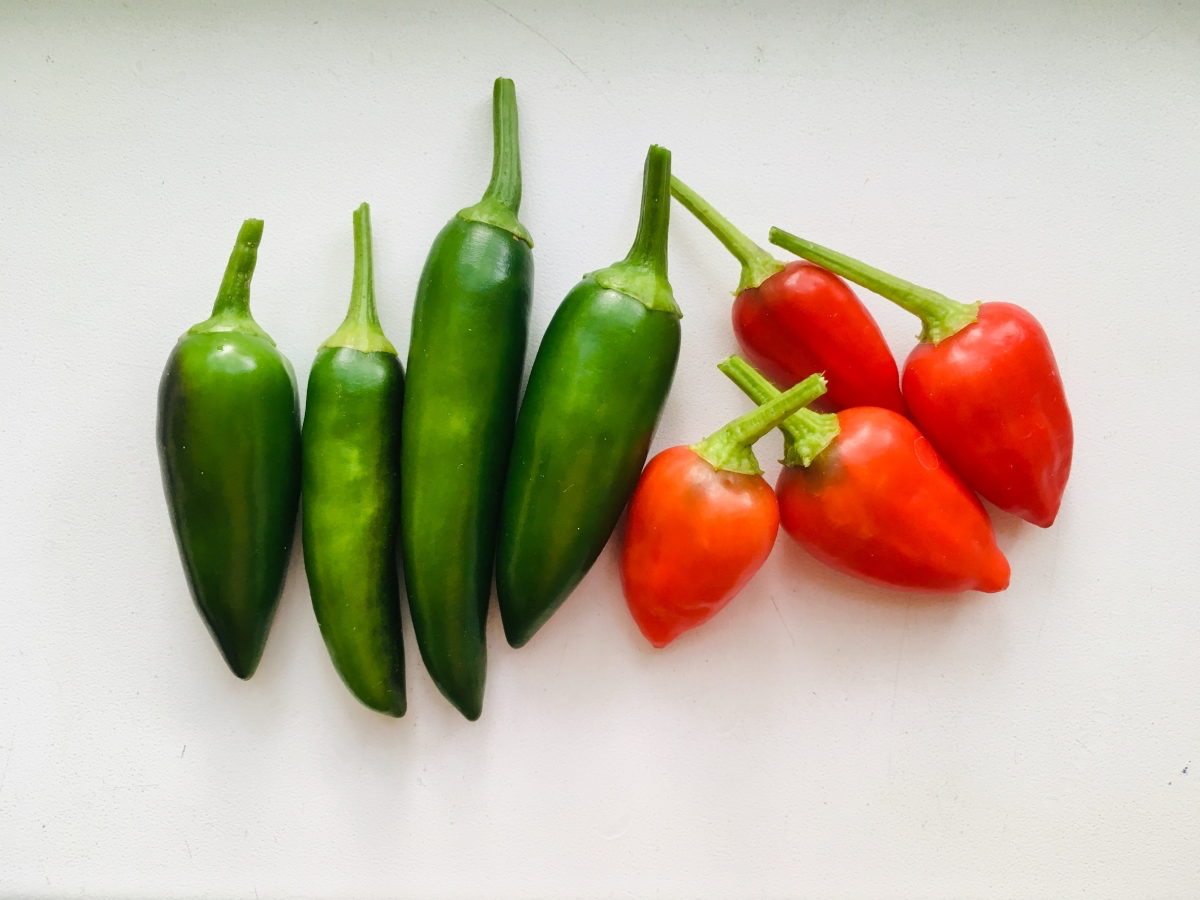
Glass Containers: Heavier and more fragile, but they don’t stain, warp, or absorb odors. Brands like Pyrex are often oven-safe, going directly from fridge to heat.
BPA-Free Plastic: Lightweight and durable, perfect for lunches on the go. Look for high-quality options from Oxo or Rubbermaid that promise an airtight seal to lock out moisture and contaminants.
For long-term pantry storage, glass is king; for daily leftovers, good plastic often wins for convenience.
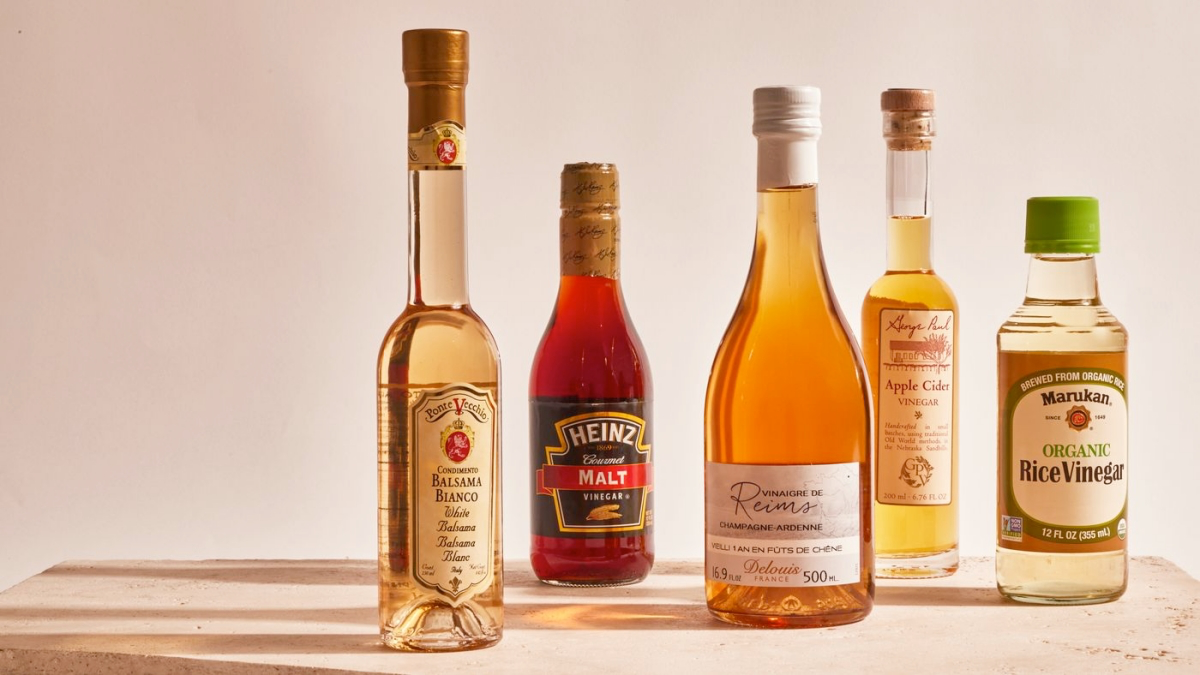
Your nose is a great tool, but don’t forget your other senses. Before you even get to the sniff test, use your eyes and hands. A complete sensory check gives you the full picture:
- Sight: Look for unexpected color changes, like gray spots on lunch meat or bright patches of mold on cheese (for hard cheese, you can often cut this off; for soft cheese, discard). Is the packaging bulging or leaking?
- Touch: Is there a slimy film on your vegetables or deli meats? This biofilm is a clear sign of bacterial growth.
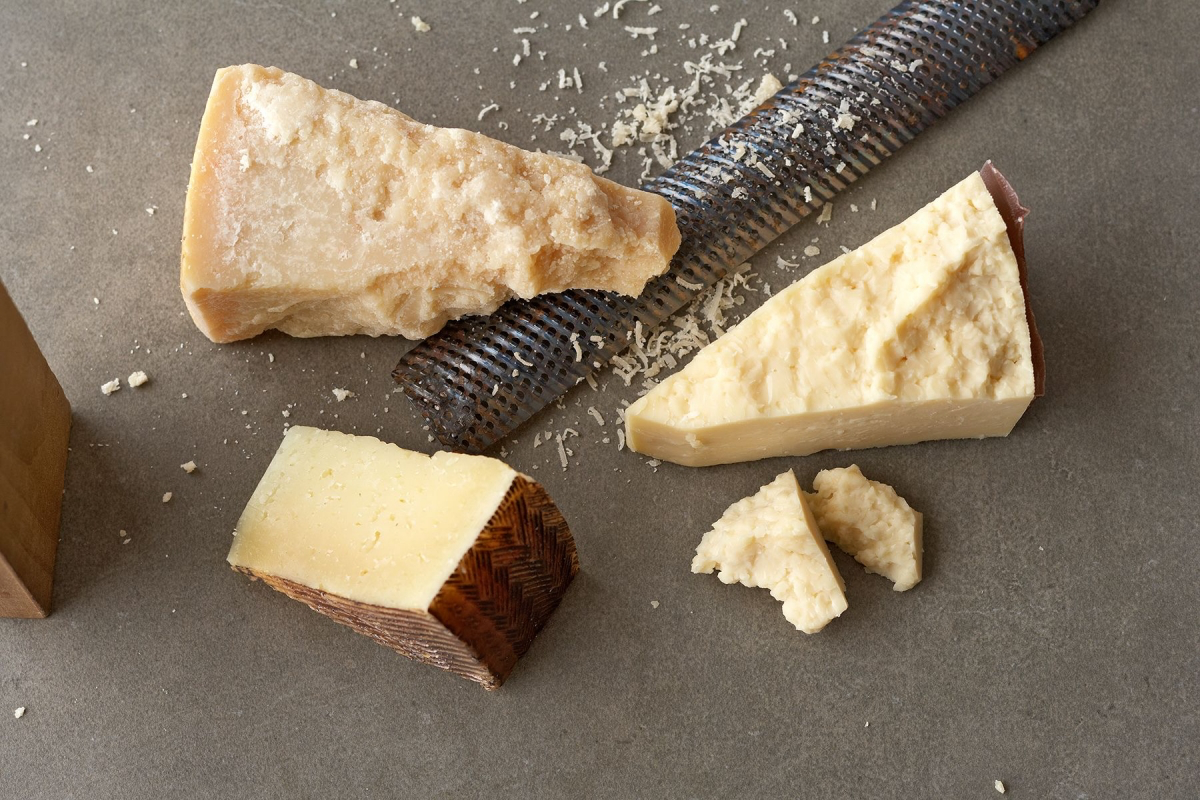
The #1 Rule of Leftovers: Avoid the
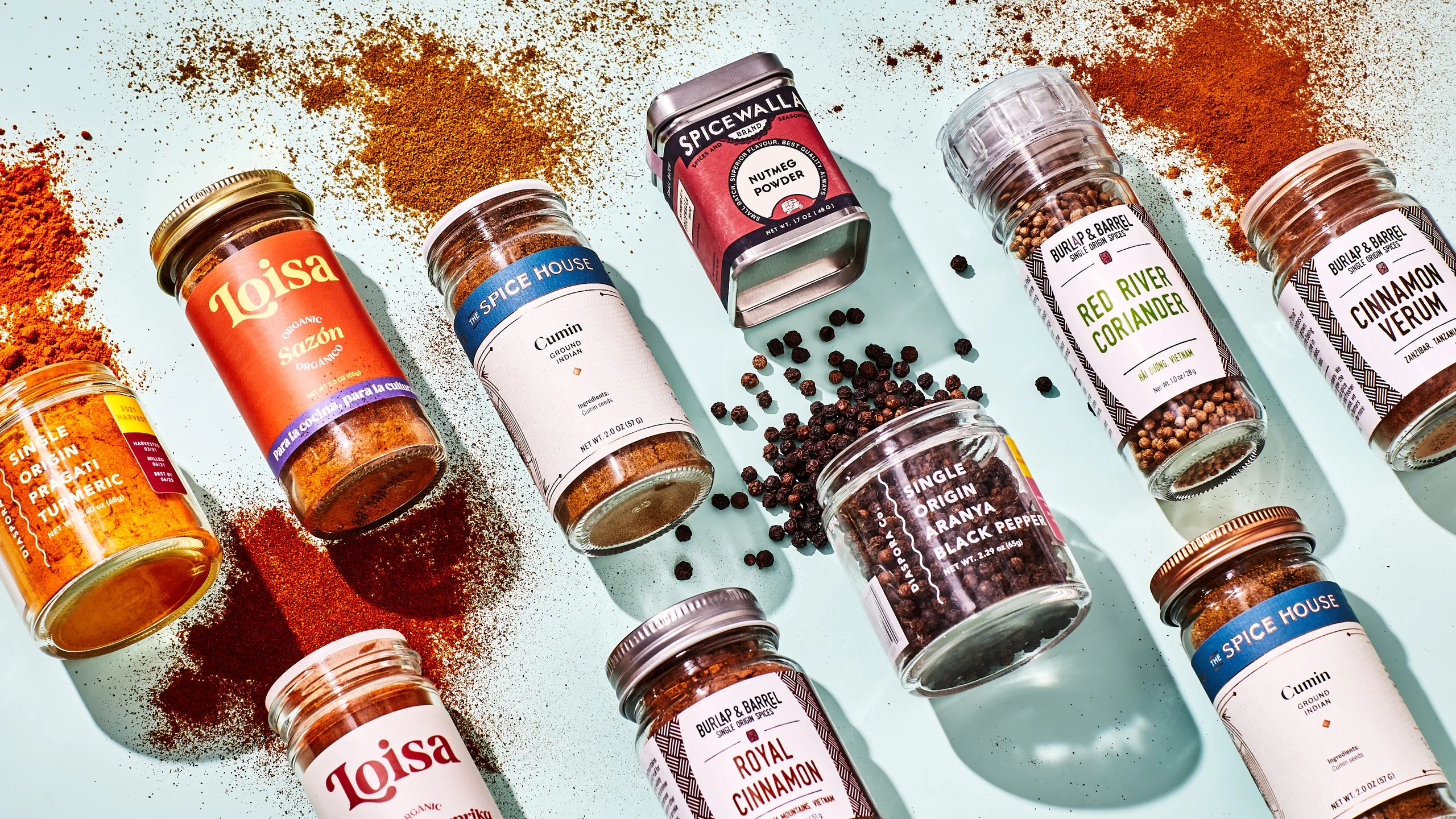
- It pauses the clock on spoilage almost indefinitely.
- It locks in nutrients that can degrade over time in the fridge.
- It allows you to buy in bulk, saving significant money.
The secret? Your freezer. But to prevent freezer burn (which is just dehydration, not a safety risk), wrap foods tightly in plastic wrap before placing them in a freezer bag or airtight container. Removing as much air as possible is key.
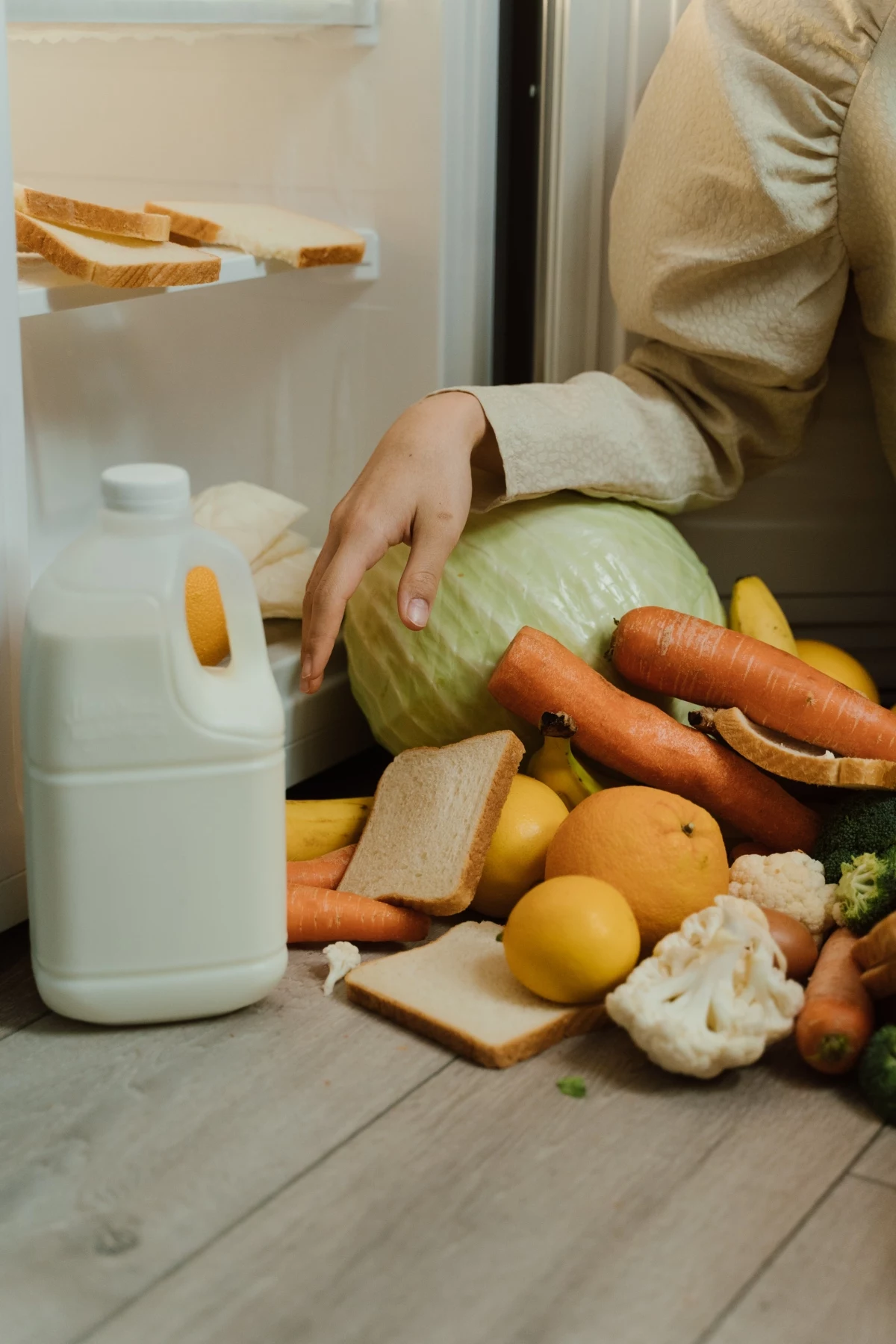
With the exception of infant formula, if the date passes during home storage, a product should still be safe and wholesome if handled properly until the time spoilage is evident. – USDA Food Safety and Inspection Service
Embrace the






